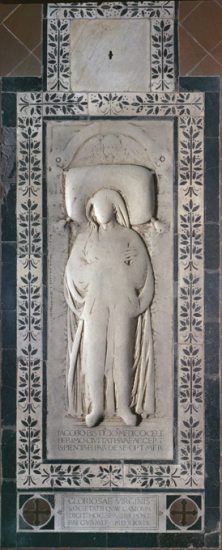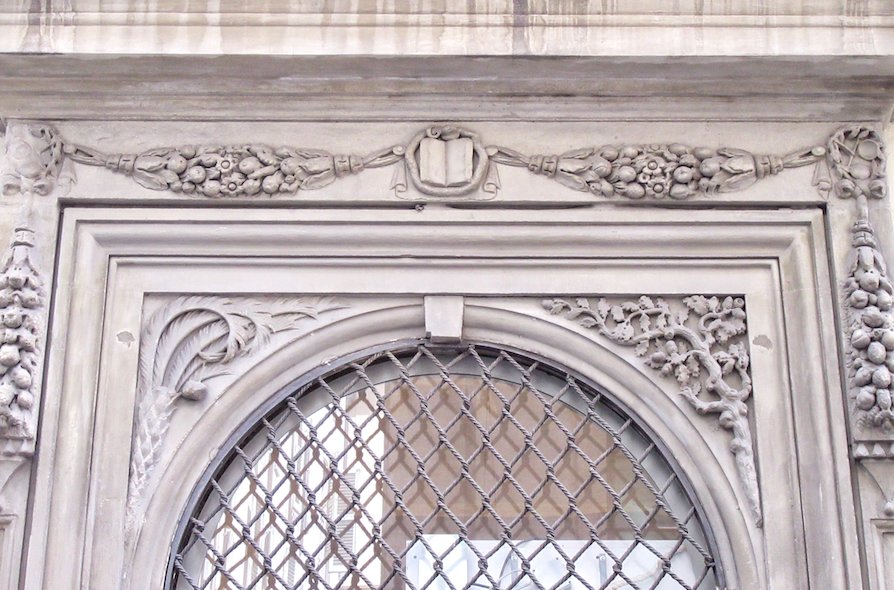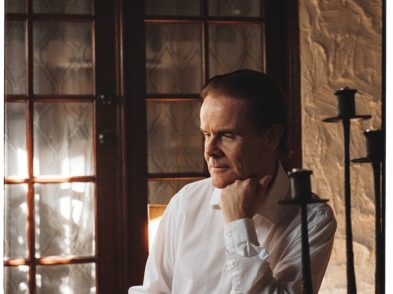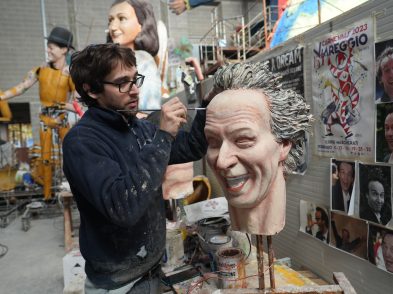The most important man in Florence walked into a shop on the corner of via del Proconsolo and via de’ Pandolfini. The shopkeeper was keen to show him his wares, but the man’s request was not an ordinary one: “I would like your recommendation on how to establish a library.” The book dealer was at a loss for words. Nevertheless, his Florentine business sense caused the calculations to come quickly: “I could hire 45 scribes and in 22 months you will have 200 volumes.”
This is how, in the late 1440s, Cosimo the Elder met a lifelong friend and an eager supplier, Vespasiano da Bisticci. Even though Vespasiano became famous far outside Italy as the most celebrated dealer of manuscripts and books of his time, very little is known of him. He was born in a village called Bisticci, on the outskirts of Florence, in 1421 and as a young man became a cartolaio, a member of the stationers’ guild. Powerful statesmen, cardinals and popes all passed through his shop. Apart from designing Cosimo the Elder’s library (now the nucleus of the Laurentian Library) based on handwritten instructions by Pope Nicholas V, he was also a supplier for Alfonso of Aragon, King of Naples, Alessandro Sforza and numerous cardinals, whose names have slipped into oblivion. Vespasiano’s most spectacular project was assembling an impressive 900-volume library for Federico da Montefeltro, Duke of Urbino.

At some point during a career that spanned 40 years, Vespasiano started recording the stories, anecdotes and personal impressions of the extraordinary men he met. The result was a memoire, written in vernacular, The Lives of the Illustrious Men of the 15th Century (Vite di uomini illustri del Secolo XV). Envisioned by the author as merely a set of notes that might prove useful to a learned scholar who would one day write biographies in Latin, his manuscript was never published. Discovered centuries later in the Vatican Libraries, part of the manuscript consisting of 103 biographies was published by Cardinal Angelo Mei in 1839.
Vespasiano’s Vite are an exceptional record of an extraordinary century. Artists of the caliber of Donatello and Brunelleschi as well as others whom he mentions only in the connection to their wealthy patrons were destined for immortality in the Vite. Only one biography of a woman was included, that of Alessandra de’ Bardi, used by the author more as an excuse to deliver moralistic lectures than to give a detailed account of her life. While his Vite never had the success of Giorgio Vasari’s, they inspired Jacob Burckhardt to write his Civilisation of the Renaissance in Italy (1860).

Even though Vespasiano said “one printed volume would have been ashamed in the company of handwritten books”, he could not compete with the printing press and in 1480 he closed the doors of his shop. He died on July 27, 1498, and was buried in the middle of the central nave of Santa Croce in the splendid floor tomb carved in high relief purchased by his brother, Iacopo da Bisticci, a doctor.
Vespasiano is also honored by a street bearing his name close to piazza Oberdan. Most extraordinarily, his storefront, at via del Proconsolo 14R, survives in all of its Renaissance splendor. The original pietra serena lunette is decorated with palm fronds on the right and oak leaves and acorns on the left. In the frieze above is a garland of fruit, which frames an open book in the center. It is a soft whisper of the Renaissance that only those who stop and ponder are able to hear.







